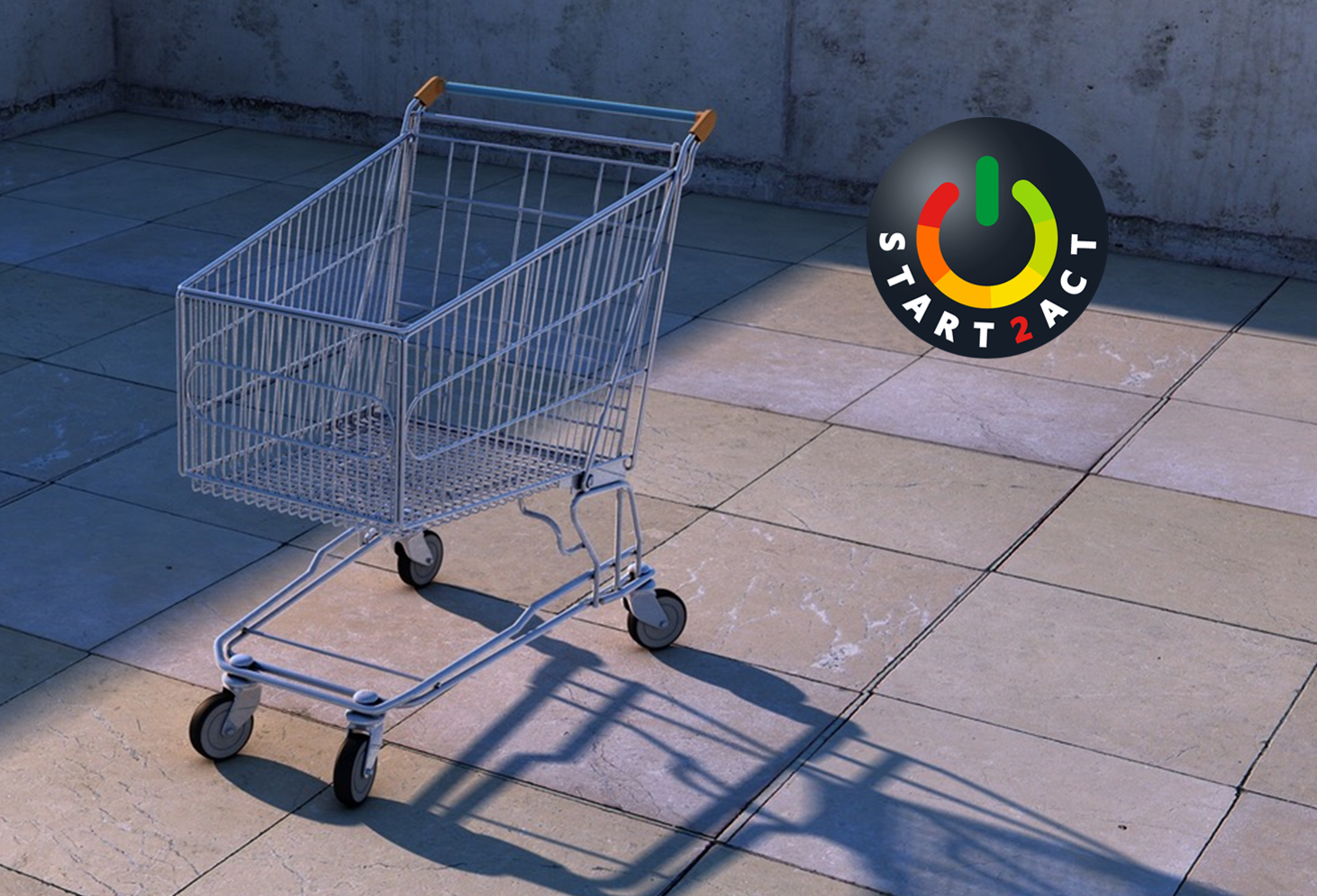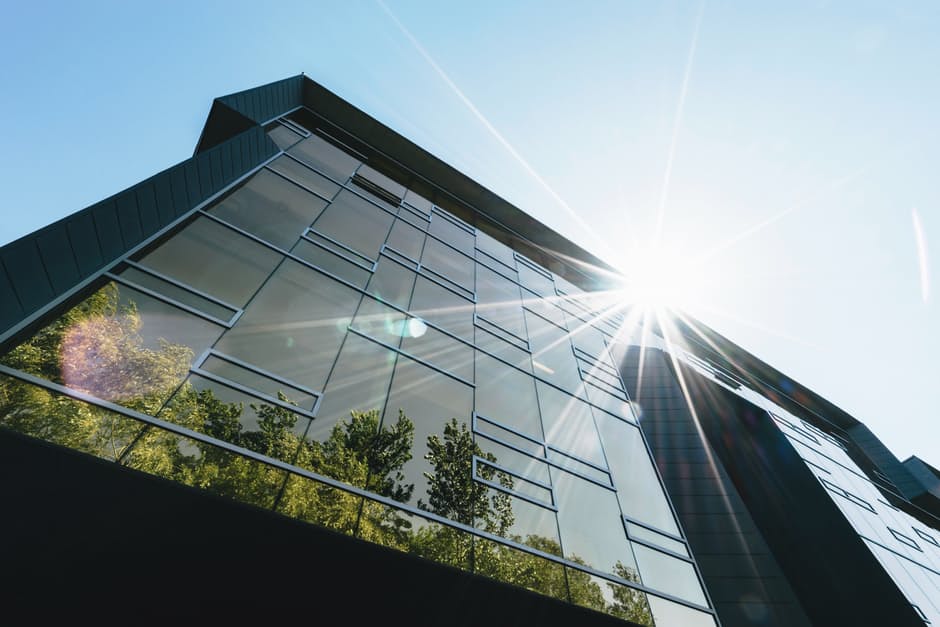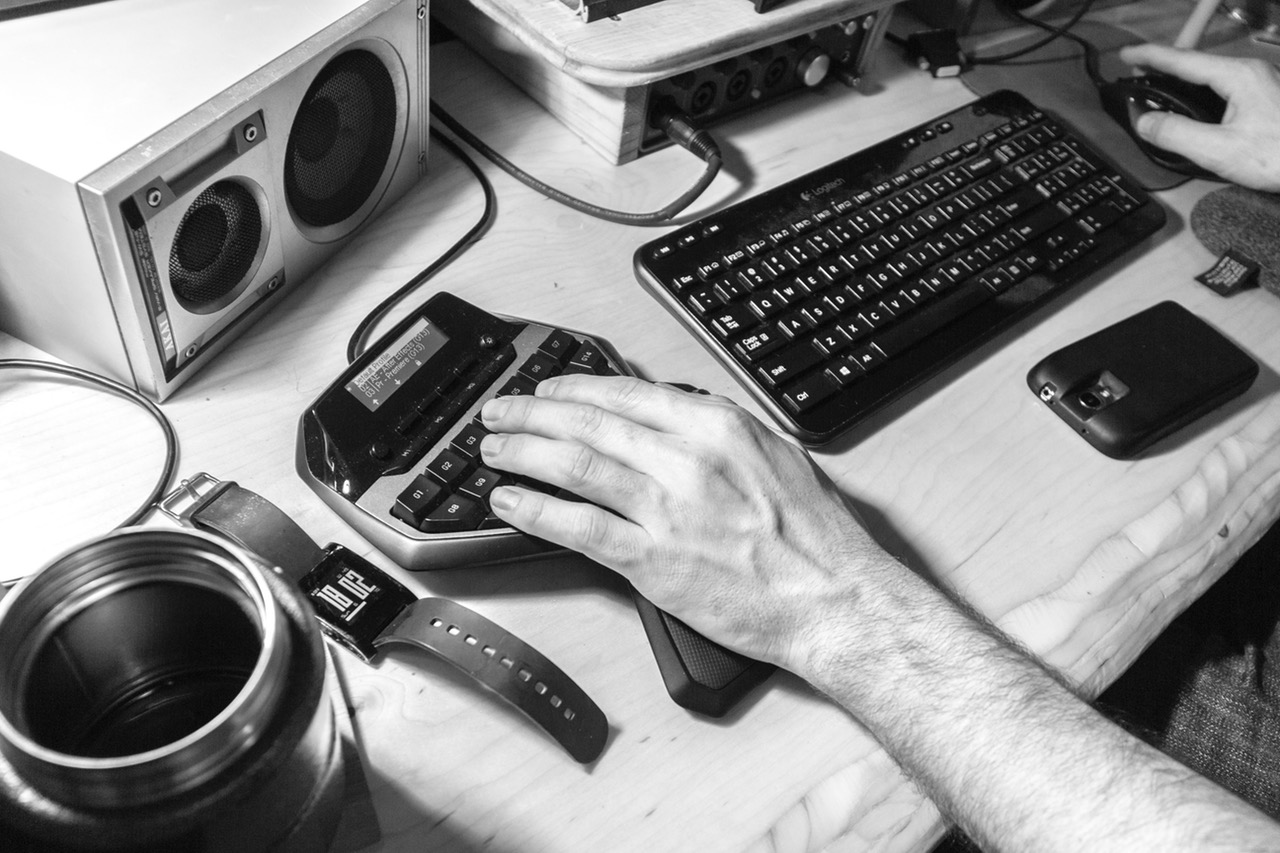Heating, ventilation and air conditioning (HVAC) systems typically account for over 40% of energy use in offices and form a significant proportion of energy use in other areas of a business. HVAC is a key area of focus for identifying energy saving measures.
Introduction
Heating, ventilation and air conditioning (HVAC) systems control the temperature, humidity and quality of air in buildings to provide a comfortable environment for people and equipment in our buildings.
It is important to consider heating, ventilation and cooling together. By considering HVAC systems as individual elements, rather than as an interacting system, it is easy to overlook a major area of energy wastage — that one component might impact on another. A common example of this is simultaneous heating and cooling in buildings, which causes significant energy wastage as the systems are constantly working against each other.

Recommendations
- Maintain your building fabric: Ensure that your building fabric (the walls, floors, roofs, windows and doors) of your building is in good condition and well insulated. Ensure that windows and doors are sealed without any gaps.
- Reduce overheating: Identify any areas of overheating and try to reduce the heat sources before using energy to cool a space.
- Go natural: Use natural ventilation and night cooling where possible. Open windows at opposite sides of the room to encourage air circulation at times of the day and night when the temperature is lower.
- Set a 'dead' band: Do not heat and cool the same space at the same time — set a 'dead band' between the thermostats of the heating and cooling systems.
- Temperatures appropriate for the activity: Understand the most appropriate temperature for the activity in your work place to avoid over heating or over cooling. If there are different needs in different rooms, set the room thermostats accordingly.
- Use time switches: Use time switches to ensure that your HVAC systems are only operating when needed.
- Keep heat emitters clear: Avoid blocking heat emitters (e.g. radiators)[LH5] with furniture as they absorb a lot of the heat.
- Insulate your hot water cylinder and pipes: Insulate all hot water pipes with temperatures over 50°C and install a hot water cylinder jacket for a typical payback of less than three years.
- Fit a shelf above the radiator to redirect heat: Fitting a shelf above the radiator to deflect the heat into the centre of the room rather than letting it drift straight up to the ceiling.
- Install radiator panels: A reflective barrier fitted between the radiator and the wall, which reflects heat back into the property. These are best used behind radiators fixed to external walls.
Further information on the low to no cost opportunities can be found below. Also described are the more costly opportunities, however, these may yield the greater savings.
Additional Information
Improve building fabric
Make sure that the fabric of the building (the walls, floors, roofs, windows and doors) is well insulated to minimise heat losses and reduce the demand for heating energy. A well-insulated building will also help to retain cool air.
Ensure that there are no gaps in your building fabric which can lead to draughts. Draughts are not only a cause of complaints and discomfort, but waste money. A door with a 3mm gap will let in as much air as a hole in the wall the size of a brick. When a building is draught-free, its heating and cooling systems don't have to work so hard. Draught proofing is a cheap and effective way of saving energy and improving thermal comfort within a building.
Reduce overheating
Before installing cooling equipment, always identify where the excess heat is coming from — sunlight, equipment, lighting and refrigeration are often the main sources. Consider shading windows on the outside or replacing window panes with special heat reflective film to prevent unwanted solar gain entering the building. Alternatively, internal blinds can be angled to redirect useful light onto the ceiling while cutting out much of the sun's heat.
As a general rule of thumb, the more energy efficient equipment is, the less heat it produces. So installing low-energy lighting and keeping equipment operating at peak efficiency reduces cooling costs.
Use natural ventilation and night cooling
To maximise energy savings, it pays to set up a system where nature provides the majority of fresh air and temperature requirements.
Natural ventilation relies on air flow through openings of a room or building, preferably from opposite sides. It also applies to rising hot air being replaced with cooler air sucked in through windows or vents from a lower level. Making the most of natural ventilation is a simple and cost-effective way of achieving big savings.
Night cooling is an established technique where cool night air is passed through the building to remove heat that has accumulated during the day. When the building fabric is cooled, it will absorb more heat the following day, meaning lower internal temperatures.
This free cooling of the building reduces energy consumption otherwise used by mechanical cooling and ventilation or air conditioning, leading to cost savings.
Avoid heating and cooling at the same time
Simultaneous heating and cooling of a space is commonplace and wastes a lot of money. Set a 'dead band' of 4 - 5°C between heating and cooling, to avoid this happening. For example, ensure heating systems only come on when temperature falls below 19°C and cooling systems only come on when the temperature rises above 24°C, this will avoid heating and cooling systems working against each other. This can save up to 20% of heating and cooling energy consumption.

Diagram of 'dead band'control indicating recommended temperatures
Identify the most appropriate temperature for your work environment
Setting the thermostat just 1°C lower can reduce heating costs by about 8%. When cooling, setting the air conditioning level to 1°C higher saves 2-4%. In the UK, it is recommended that thermostat settings are in accordance with the Chartered Institute of Building Services Engineers (CIBSE) guidance:
- Heavy activity (e.g. heavy lifting factory work): 11 - 14°C
- Light activity (e.g. hospitality work mostly standing and walking): 16 - 19 °C
- Sedentary (e.g. retail work mostly seated): 19 - 21 °C
- Offices (e.g. desk based with limited movement): 21 - 23 °C
It may be the case that different areas of your work place need to be different temperatures. To achieve this, install thermostatic radiator valves where possible to provide local control of radiators and make sure they are used correctly. Ensure that thermostats are placed in the correct locations away from draughts and direct sunlight and at a distance from any heating and cooling sources. You could also consider zone controls that allow heating or cooling of different parts of a building at different times and different temperatures according to occupants' needs.
Don't overcool IT server rooms - modern IT equipment and servers can typically operate with no adverse impact up to 27°C.
Run your HVAC systems only when required
Does your HVAC system come on only when required or is it heating or cooling the building when no one is there? Heating or cooling your premises when it is empty wears out your systems and significantly increases energy costs. Your building will hold on to heat for around one hour after your heating system is turned off, so switch off the heating earlier than the time that you expect to leave.
Use simple time switches or seven-day timers to help to automate the process so that nobody forgets to turn off the systems when it they are not needed. National holidays should be accounted for in the settings. Ensure time settings are reviewed at least every month (if not more regularly) to check that they are appropriate.
Many systems function inefficiently because of short term adjustments which are forgotten about, so ideally have at least one designated person who controls the heating system. Additionally, do not rely on a third party to manage your schedules and if necessary ask them to instruct you how to use the controls.
Implement a maintenance schedule
Regular maintenance of HVAC systems is important to ensure that they are working at optimum efficiency. Poor maintenance can increase running costs because the systems need to work harder to cool or heat to the required level. Regularly cleaning the filters and fans of air conditioning units can increase efficiency by up to 30%, as well as increasing the lifetime of the equipment.
Upgrade to the most efficient equipment
When refurbishing or putting in a new HVAC system, it pays to specify the most efficient system possible and to size it appropriately to your requirements. The day-to-day running costs may soon outweigh the capital costs of installation and so the more efficient the system, the less expensive it will be to run.
Depending on the complexity of the system, it is worth seeking professional advice on this, especially if you are replacing and redesigning the entire system.
In the UK, you can find the most efficient products on the market on the Energy Technology List and if you are an SME get free advice and potentially 30% capital towards eligible projects via the Green Business Fund.
Important links: Buy Smart: Procurement and Green Finance for SMEs / Green Finance for startups.









